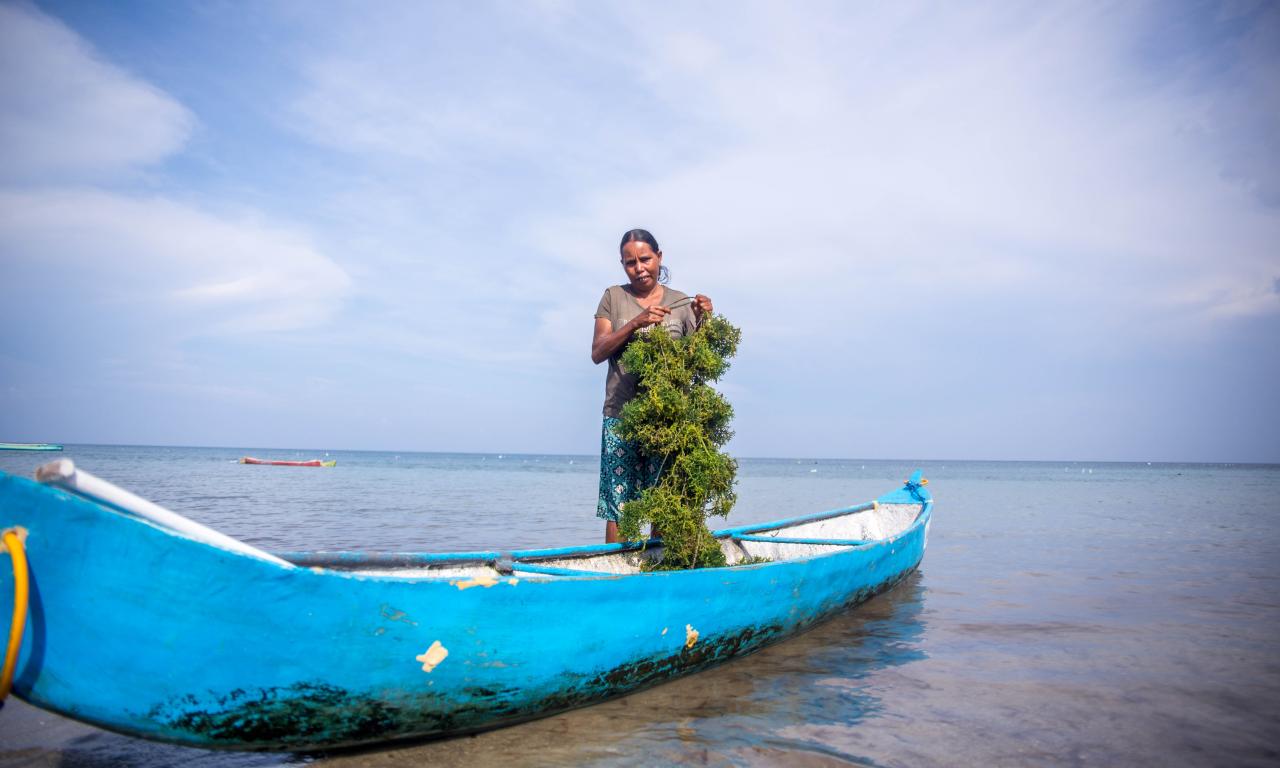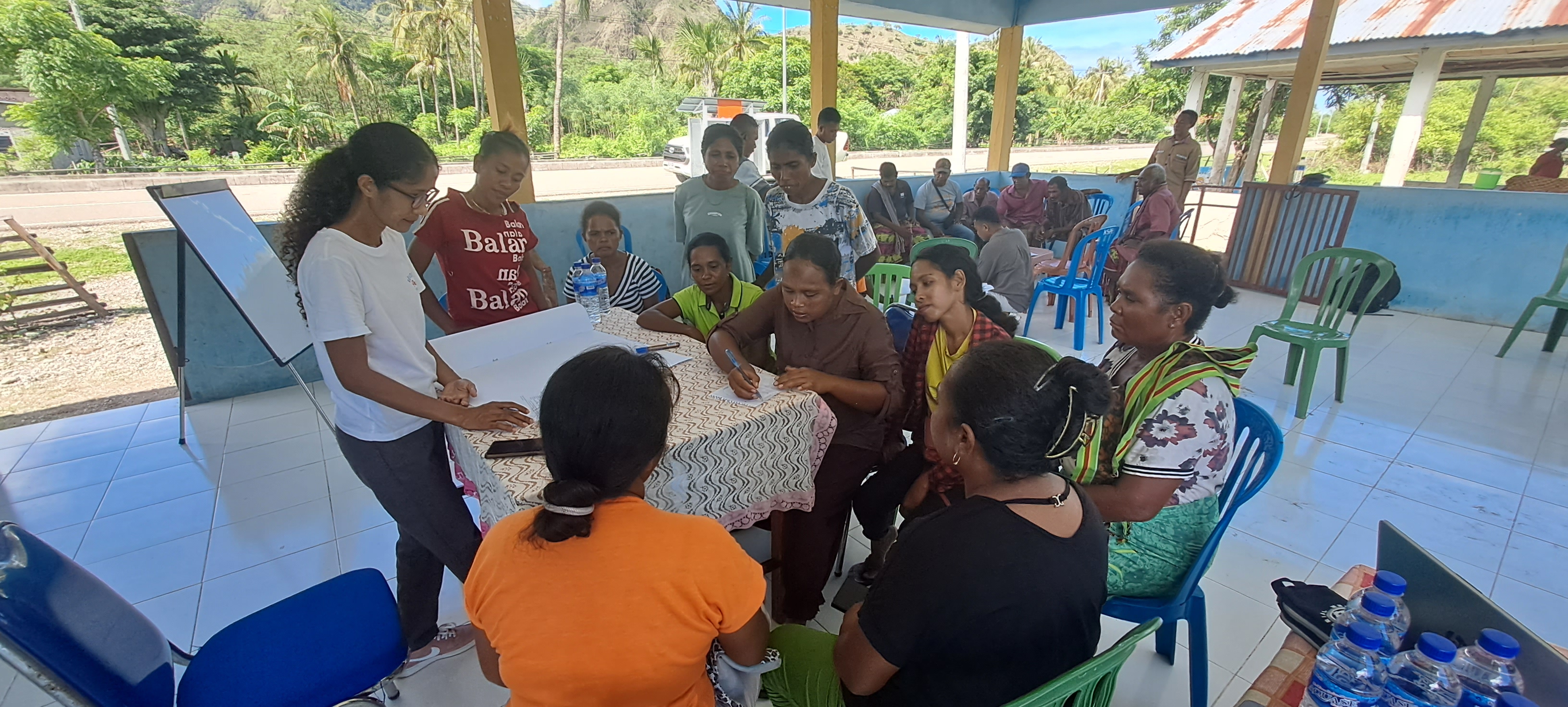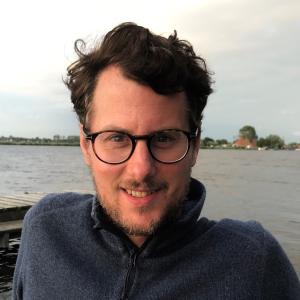
- Communities in Timor-Leste are piloting bottom-up climate adaptation, with seaweed farmers on Atauro Island at the centre.
- New techniques such as floating rafts are helping farmers combat ice-ice disease and shifting ocean conditions.
- Women farmers, cooperatives, and local government partners are gaining skills and resilience through the IkanAdapt project.
Climate change is challenging aquatic food systems worldwide. In Timor-Leste, where floods, cyclones, droughts and deforestation threaten rural livelihoods, even small shocks can push communities below subsistence levels.
Through the IkanAdapt project - funded by the Global Environment Facility (GEF), led by FAO with WorldFish and Timor-Leste’s Directorate General of Fisheries, Aquaculture, and Aquatic Resource Management (DGPAGRA) - 21 fishing and fish farming communities (suku) in seven districts (municipo) are testing bottom up approaches to adaptation.
Central to the IkanAdapt project are participatory community meetings (PCMs) which elicit grounded narratives to assess people’s understanding of local climate stressors, as well as to identify key actors and prior interventions. Participants also identify their community’s strengths in livelihoods and assets, and, building on these strengths, articulate visions for the future to prioritize issues and interventions.
The PCMs provide a solid base for developing community-specific climate change adaptation interventions. These interventions are built on best practices, including locally led climate adaptation (LLCA) and nature-based solutions (NbS). IkanAdapt seeks relevance in the communities, noting that climate change might not always be the most pressing issue for villagers because of existing vulnerabilities. Therefore, its aim is to strengthen existing livelihoods, diversifying them where possible with locally and ecologically sound actions.
Seaweed Farming on Atauro Island
In Timor-Leste, seaweed farming is concentrated on Atauro Island, located about 25km north of Dili. Seaweed farming has many opportunities: it is a regenerative aquatic resource, providing highly nutritious food and income, particularly for women who often farm the seaweed.
However, seaweed farming in Timor-Leste faces numerous challenges. There are marketing barriers: fresh seaweed distribution beyond Atauro is difficult due to limiting infrastructures, while international demand for Atauro’s dried seaweed is hampered by volatile markets and limited export facilities in Timor-Leste.
Meanwhile, there is limited technical capacity, and increasing sea surface temperatures are associated with slowing growth cycles and outbreaks of ice-ice, a bacterial infection characterized by bleaching and disintegration of affected areas of seaweed branches.
Rosita Gomes, a seaweed farmer from Biqueli, Atauro says,
“Ice-ice disease has badly damaged my seaweed harvests, leaving only small quantities and destroying much of my crop. I also lost many seaweed ropes to the ocean and thought this was simply nature, until I learned it was linked to climate change.”

Supporting Seaweed Farmers on Atauro
Building on the PCMs on Atauro Island and an analysis of seaweed value chains, and ongoing dialogue with government partners and community stakeholders, WorldFish is implementing activities to support seaweed farming. Responding to local requests, WorldFish works with an Atauro-based farmers’ cooperative, the Cottonii Group, to provide capacity training to its member farmers – including on how to deal with ice-ice.
WorldFish has also brought experts from Indonesia to further improve operations. Joint assessments identified a need for adaptive farming practices. In response, WorldFish is piloting floating seaweed rafts, that can be moved to look for ideal farming conditions, particularly when ice-ice is detected, or when growth cycles are observed to be suboptimal.
Reflecting on these activities, Rosita says:
“For years, no one offered us support. With the IkanAdapt project, WorldFish is the first organization to provide real technical training in my village. They brought experts from Indonesia and collaborated with the local Cottonii Group cooperative to train us. I am very grateful, and I now hope for better harvests in both quality and quantity.”
Expanding Capacity and Resilience
At the same time WorldFish supports the purchase of seedlings which are distributed to farmers who had lost their stocks in previous ice-ice outbreaks and has purchased seedlings for a government program to bring seaweed farming to districts beyond Atauro. In addition, WorldFish has facilitated a basic business skill training to seaweed farmers, often women, supporting their capacity to make informed decisions on household budgets and seaweed pricing.
In Timor-Leste, where effective responses to climate change are constrained due to limited financial resources and technical capacity, a targeted and grounded bottom-up approach is central to effective climate change adaptation. When asked about climate change, most seaweed farmers frame observations about ice-ice or slowing growth cycles within a broader set of livelihood challenges, including marketing issues. While IkanAdapt cannot address all of these issues, building adaptive capacity ultimately depends on resilient and diversified livelihoods. By supporting local partners in aquatic food systems, IkanAdapt seeks to empower exactly that.
For more information on IkanAdapt visit https://worldfishcenter.org/project/ikanadapt

